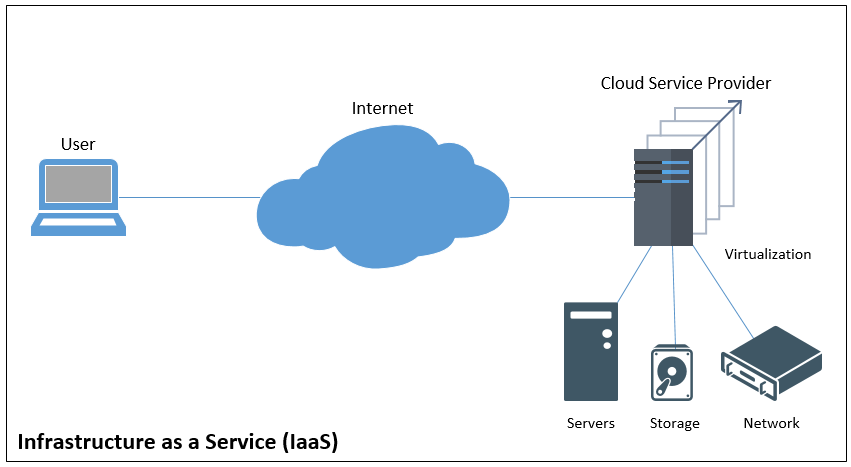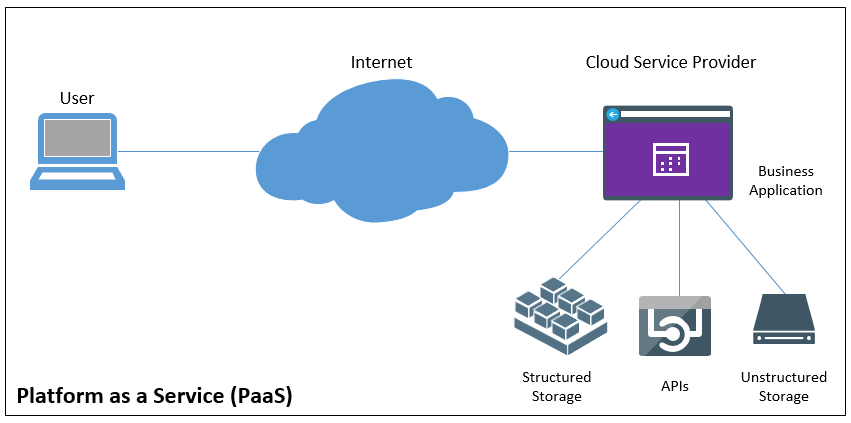Cloud computing service models
There are three main cloud computing service models that we will be covering in this chapter. These three models provide the basis for the services provided by cloud computing service providers.
Infrastructure as a Service – IaaS
Infrastructure as a Service (IaaS) is a cloud computing service model where a provider delivers virtualized IT infrastructure resources over the internet:

The organization manages:
- Server operating systems
- Data storage
- Applications deployed to servers, such as:
- Web-based enterprise applications
- Database servers
- Management agents, such as host intrusion prevention
The cloud computing service manages the underlying cloud infrastructure, which includes:
- Processing
- Physical storage
- Networks
Platform as a Service – PaaS
Platform as a Service (PaaS) is a cloud computing service model where a provider delivers hardware and software typically with the goal of supporting an organization's application development and hosting needs over the internet:

The organization...





































































